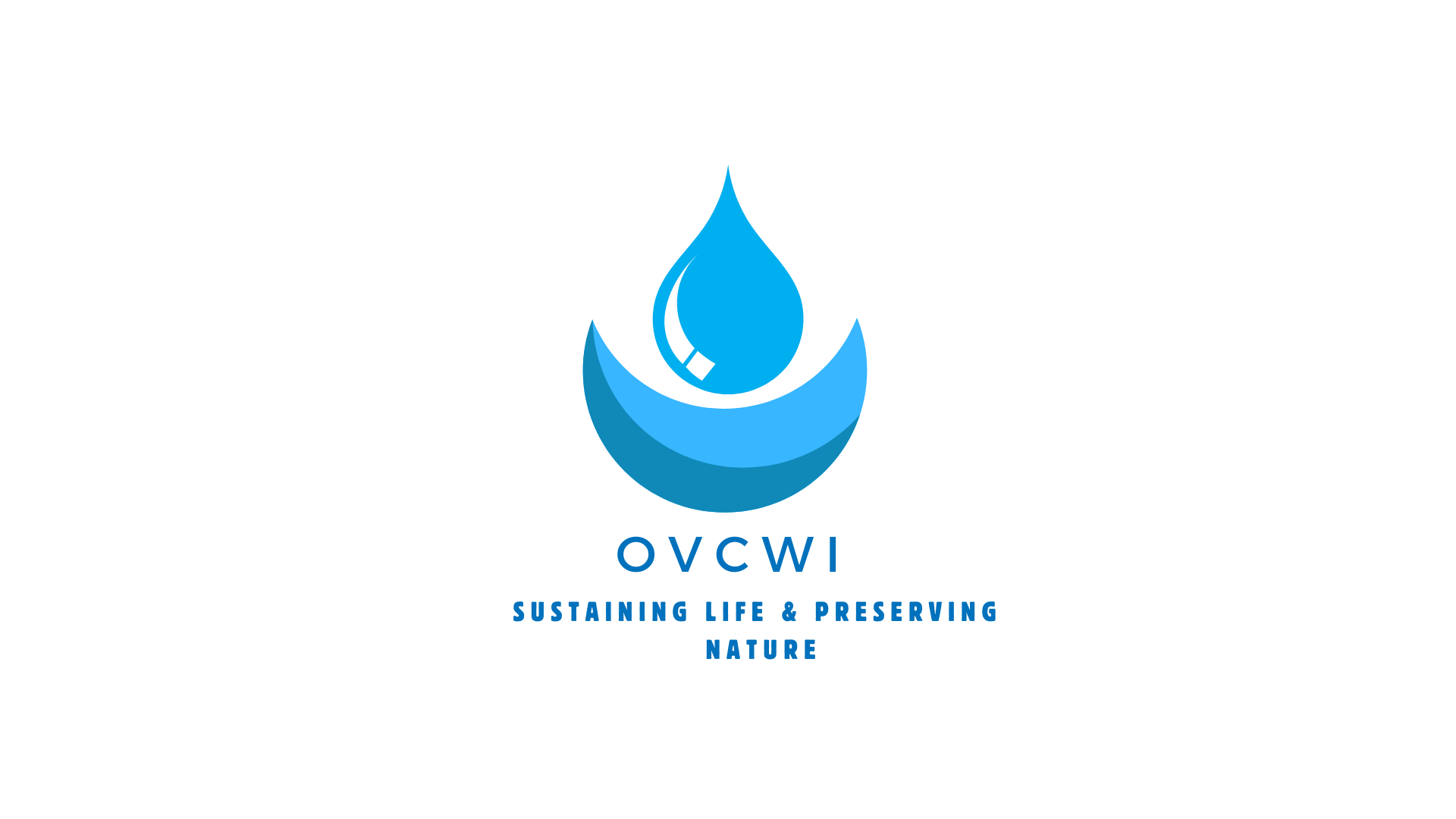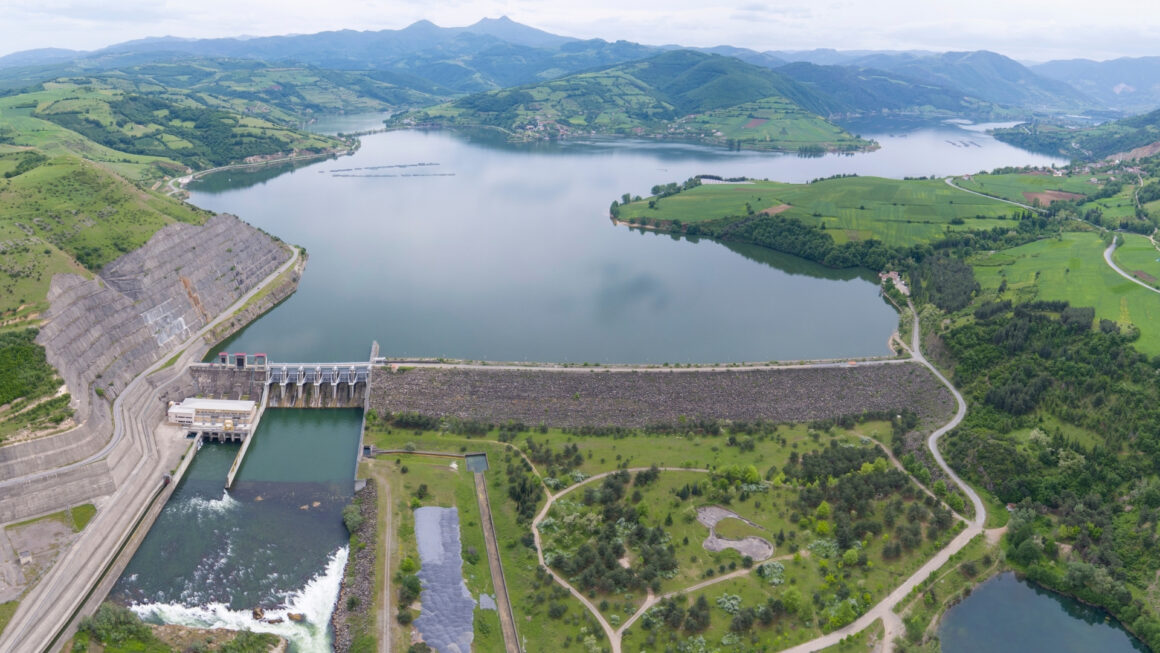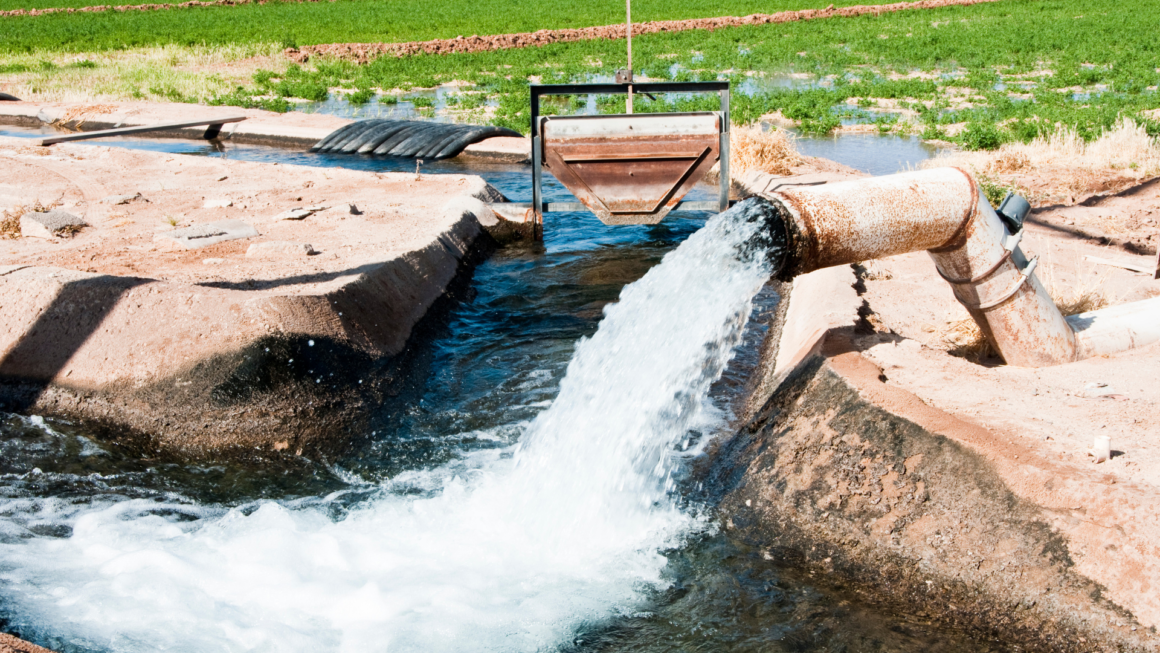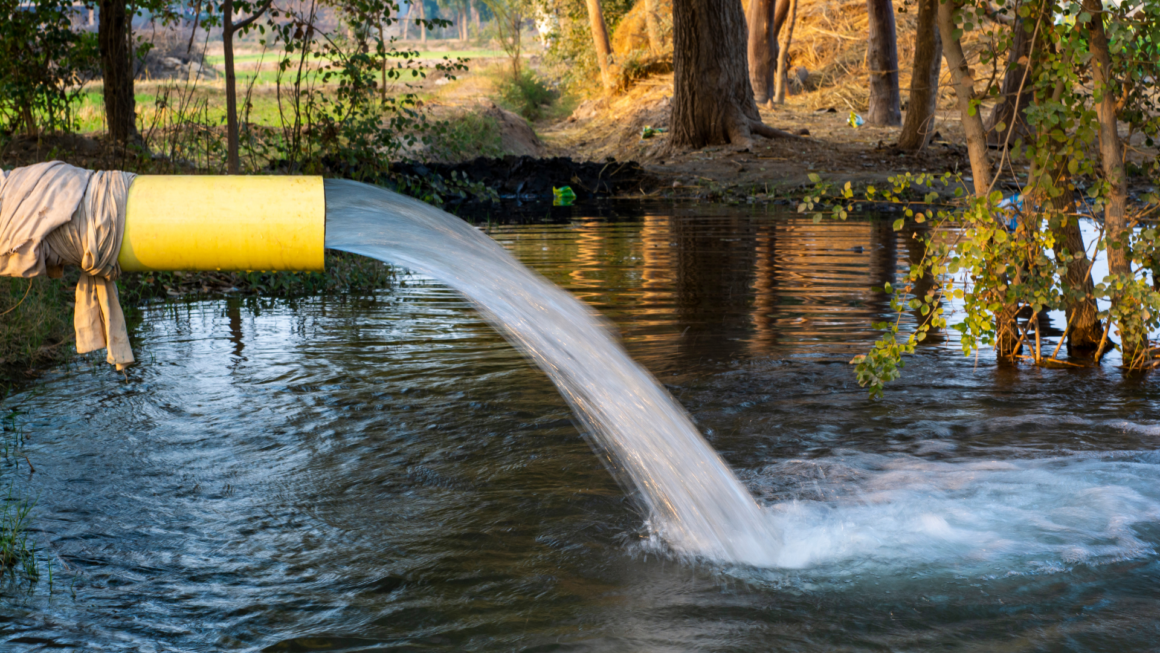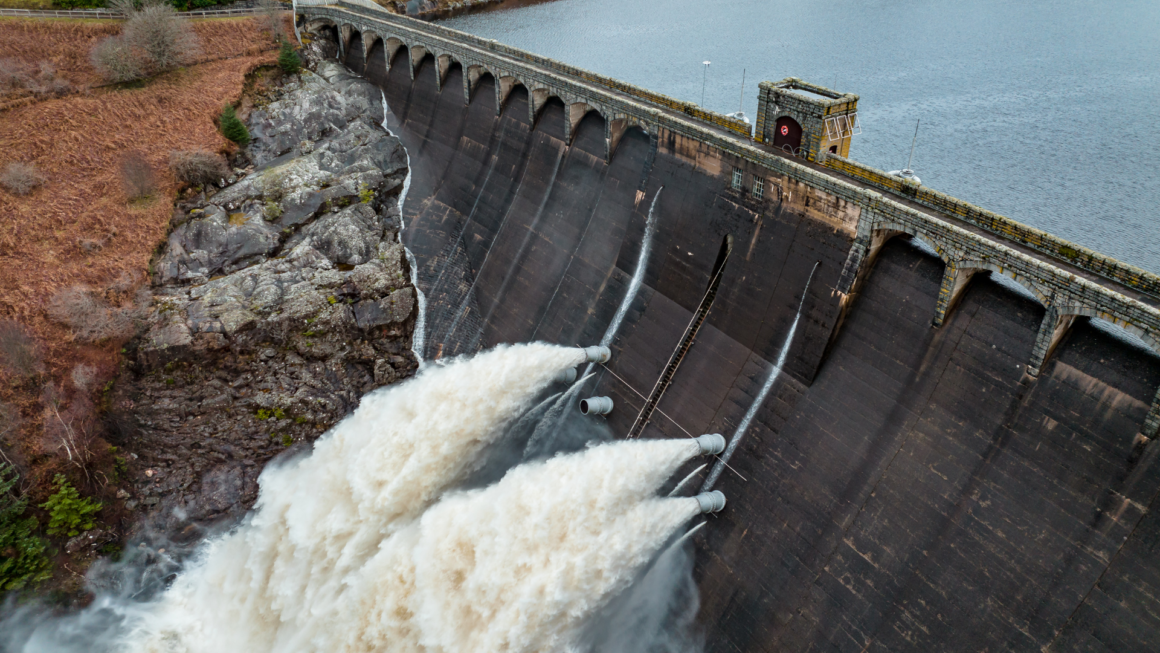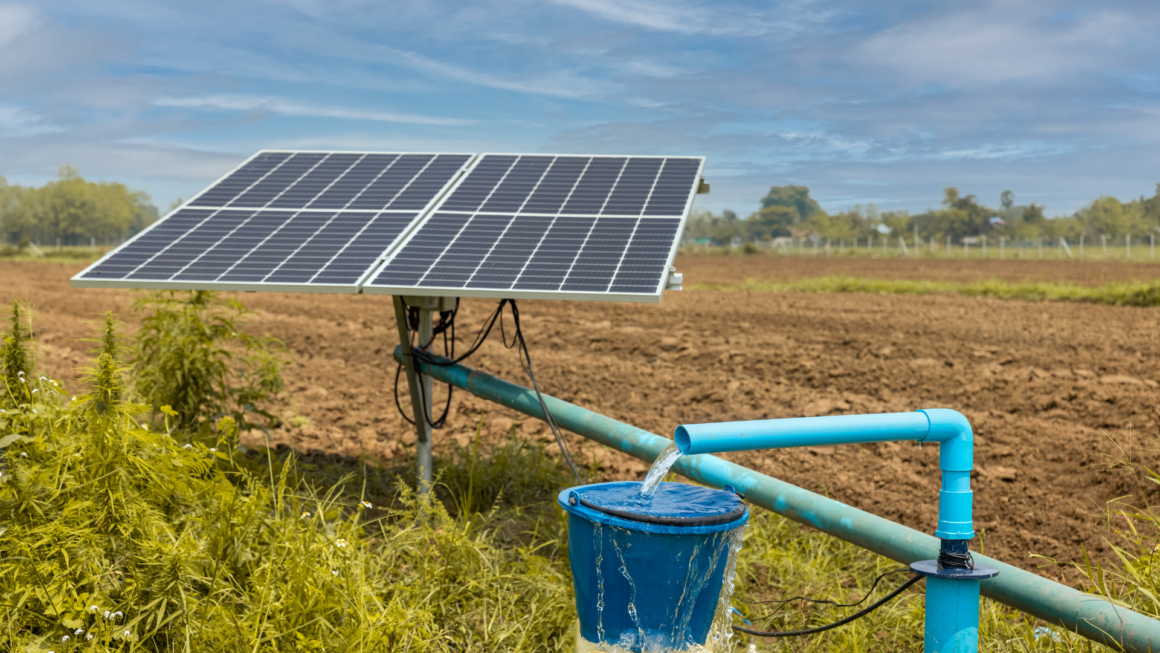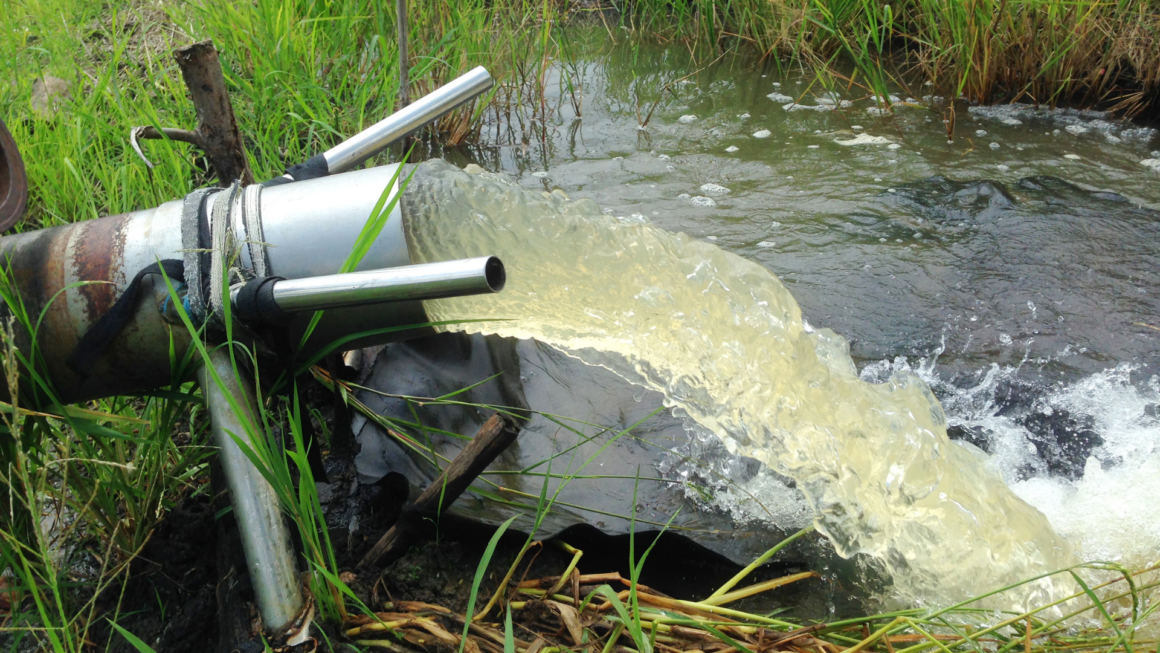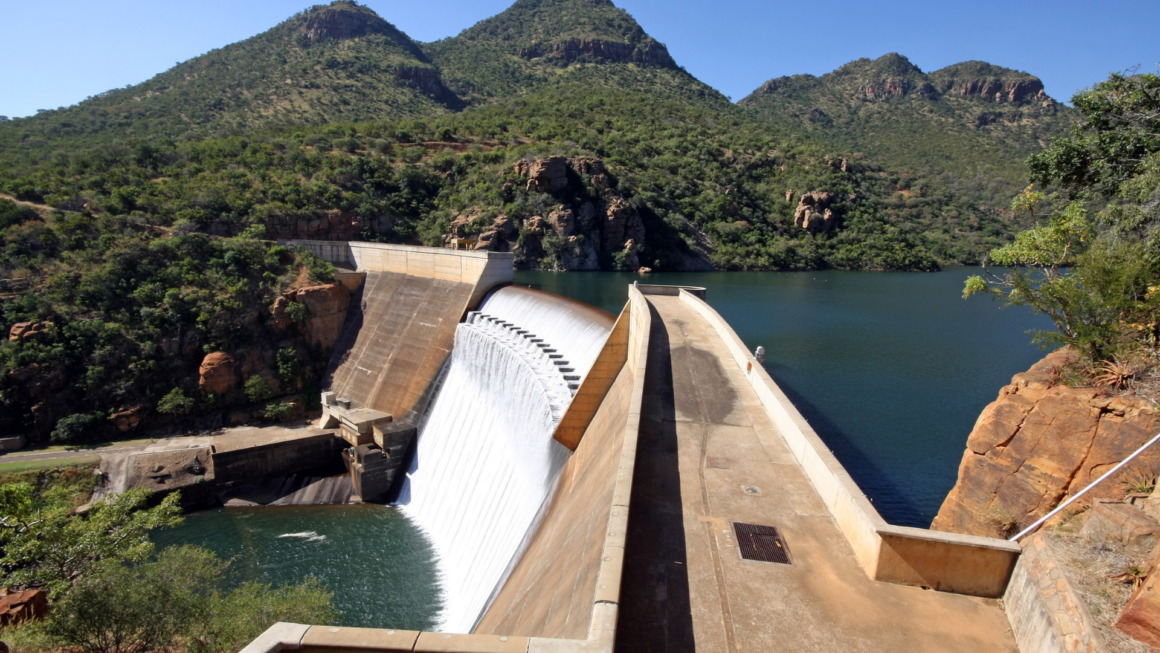Rainwater Harvesting Systems: Implementing rainwater harvesting systems, such as rooftop catchment and storage tanks, can capture rainfall during the wet season for use during drier periods, providing a sustainable water source for communities.
In the Omo Valley in Ethiopia, where access to clean and reliable water is limited, the following rainwater harvesting methods can be implemented:
1. Rooftop Catchment:
This method involves collecting rainfall from the roofs of buildings, such as homes and schools, and storing it in containers or tanks for later use. The roofs need to be designed with a sloping surface and gutters to efficiently collect the rainwater and direct it towards the storage system. This method is suitable for both rural and urban areas and can be combined with other harvesting systems.
2. Storage Tanks:
Storage tanks are essential components of any rainwater harvesting system. These tanks can range in size from small household tanks to larger communal tanks. The size of the tank will depend on the amount of rainfall in the region and the water needs of the community. The tanks should be located close to the source of demand and should be properly maintained to ensure the quality of the stored water.
3. Groundwater Recharge:
This method involves directing the collected rainwater towards permeable surfaces such as soil or gravel, which can help replenish groundwater sources. This method can help improve the overall groundwater levels and quality, providing a sustainable water source for irrigation and domestic use.
4. Contour Bunds:
Contour bunds are small embankments constructed along the contour lines of sloping land to slow down the flow of runoff water. This method helps prevent erosion and increases the infiltration of water into the soil, thus enhancing groundwater recharge. Contour bunds are ideal for areas with sloping terrain and can be combined with other techniques, such as contour trenches and contour ridges.
5. Percolation Pits:
Percolation pits are excavated depressions in the ground that are filled with filter media, such as gravel and sand, to allow for the percolation of rainwater into the soil. These pits can be constructed in areas with impermeable soil and can help recharge groundwater sources.
6. Small-Scale Dam and Reservoir:
In areas with significant rainfall, small-scale dams and reservoirs can be constructed to capture and store large volumes of rainwater. These structures can hold the water for longer periods and can provide a reliable source of water for both domestic and agricultural use.
7. Bio-Sand Filters:
Bio-sand filters are a low-cost and effective method of purifying rainwater for drinking purposes. These filters use layers of sand, gravel, and activated carbon to remove impurities and pathogens from the collected rainwater. Bio-sand filters can be easily maintained and can provide clean drinking water to communities in the Omo Valley.
Overall, a combination of these rainwater harvesting methods can provide a sustainable water source for the communities in the Omo Valley. However, it is crucial to consider the specific needs and conditions of each community and tailor the system accordingly to ensure its effectiveness and sustainability. Regular maintenance and monitoring of the systems is also essential to ensure their long-term functionality.
Discover more from Omo Valley Clean Potable Water Initiatives
Subscribe to get the latest posts sent to your email.

